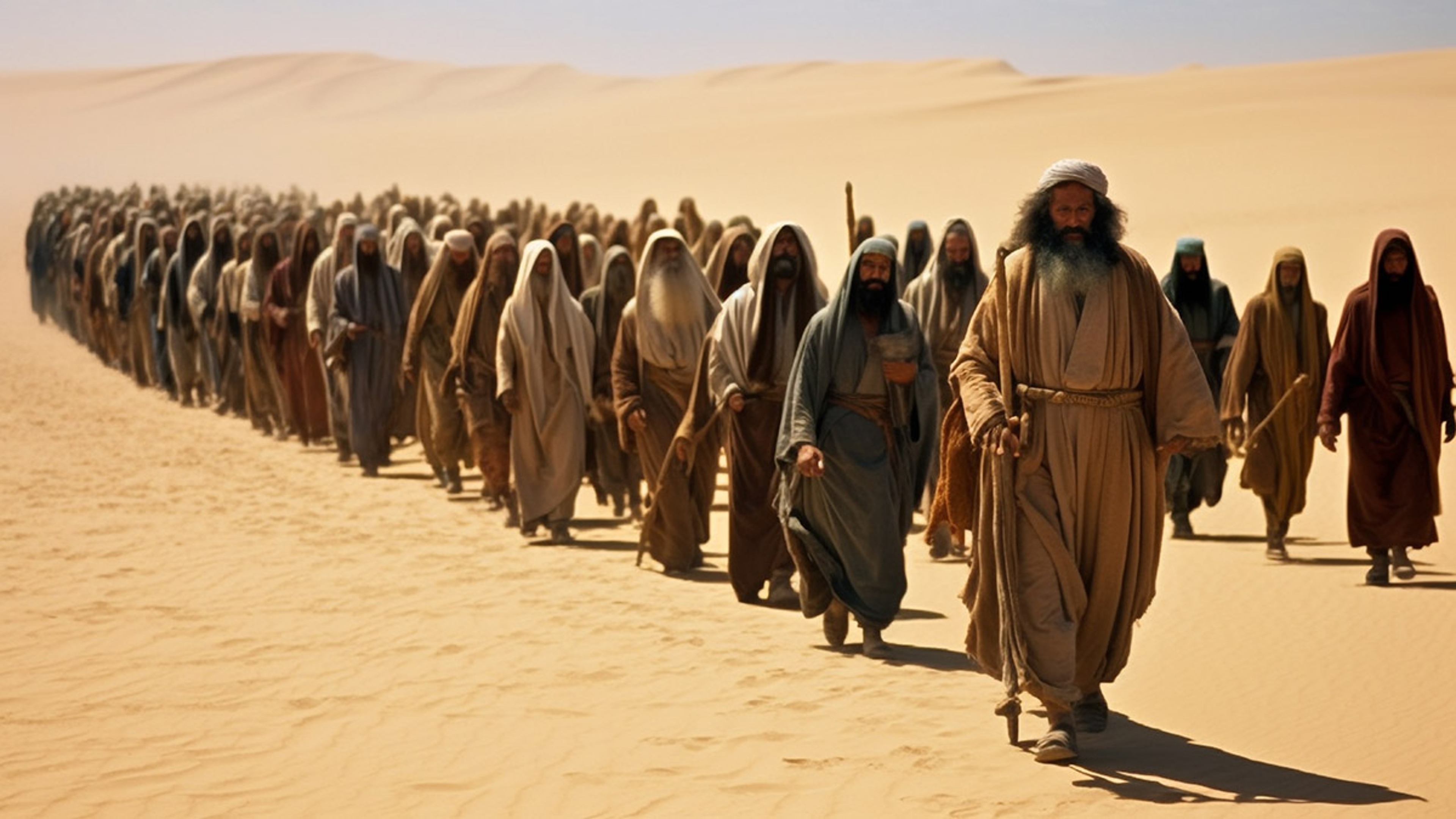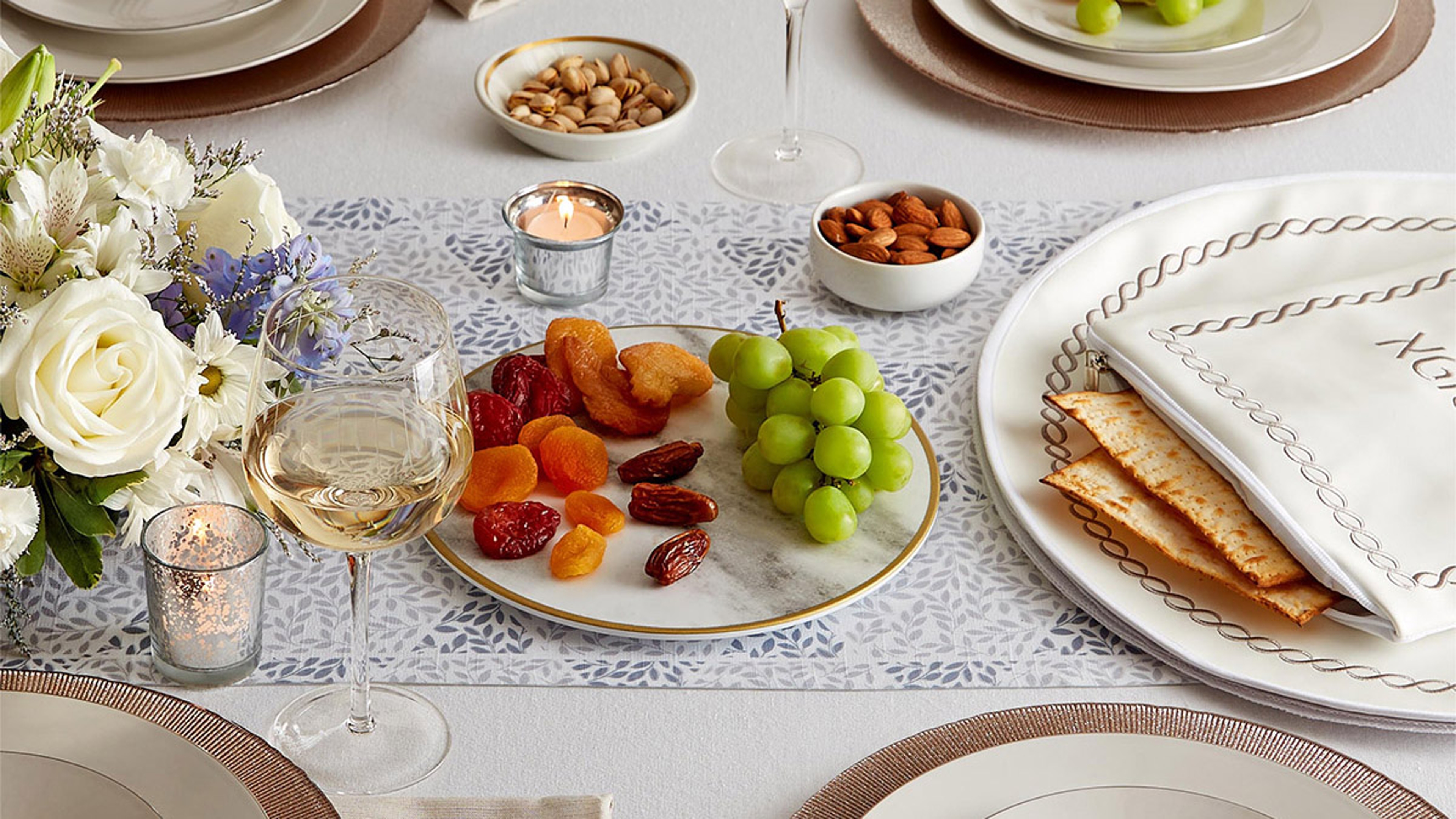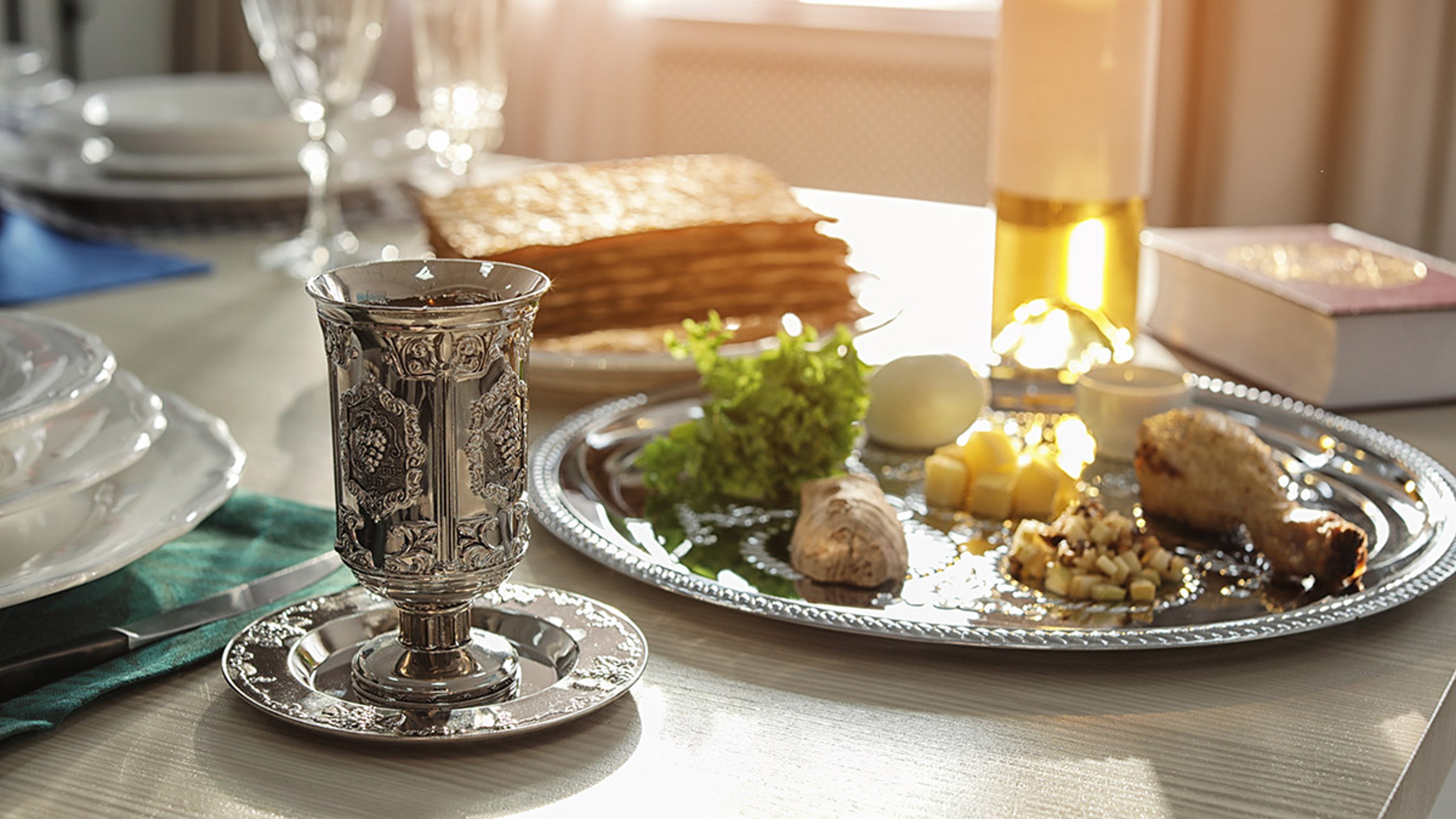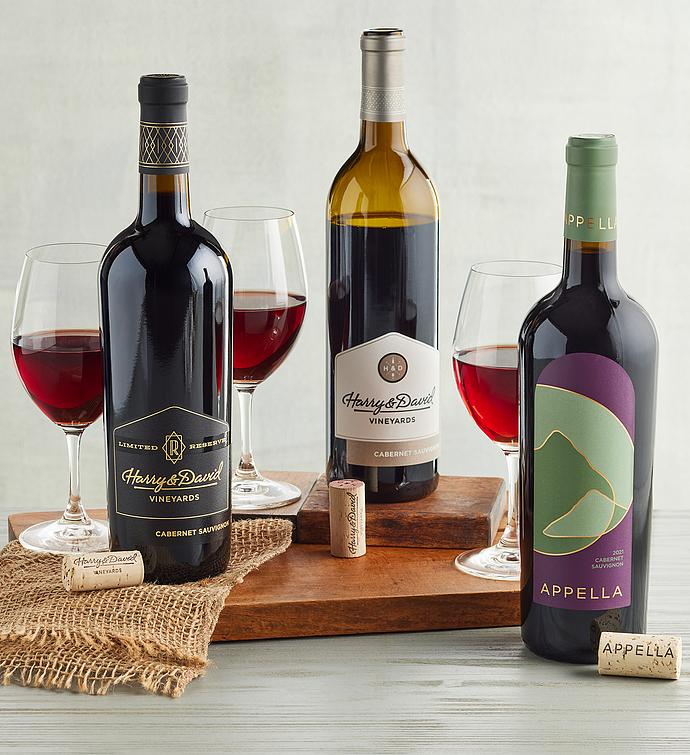When Is Passover This Year?
Learn all about this essential and widely observed Jewish holiday.
Mar 14, 2025
Every year, as spring ushers in sunnier, warmer days and fills us with an overall sense of renewal, people everywhere gather to celebrate a most significant holiday: Passover.
Like many other holidays, Passover is a celebration of rebirth, freedom, and gratitude. The story of Passover is one of persistence and bravery, and the holiday serves as a time for reflection and to remember the resiliency and quest for survival of the Jewish people.
Though it is traditionally a Jewish holiday, recent surveys show more than one in five Americans recognize and observe Passover in some form, making it an impactful occurrence for even those outside the Jewish faith.
“Passover is such a preeminent holiday religiously because it reminds us of God,” says philosopher and scholar Steven Katz, Ph.D., a professor of Jewish and Holocaust Studies at Boston University. “It marks the history of the world and the history of the Jewish people. When we celebrate Passover, we’re celebrating God’s power and the power of faith and redemption.”
When is Passover this year?
Passover will occur in mid April. The holiday will begin at sundown on April 12 and end eight days later on Sunday, April 20 (which happens to be Easter Sunday), also at sundown.
In general, the holiday can take place anytime during March or April. Its ultimate date is determined by the Hebrew calendar, which is based on lunar cycles. Passover typically falls on the 15th day of the Hebrew month of Nisan, which is also the first night of a full moon after the spring equinox.
What is the history of Passover?

The epic and harrowing story of Passover (or “Pesach” as it’s referred to in Hebrew) can — and does — fill countless services, speeches, books, and films. Essentially, the holiday is an occasion to commemorate and celebrate the liberation of the Israelites from slavery in ancient Egypt (almost 3,500 years ago), as narrated in the biblical book of Exodus.
As the story goes, after centuries of suffering and slavery, God sent a prophet named Moses to demand the Israelites’ release. When Egypt’s pharaoh, King Ramses II, refused, a series of plagues was brought upon Egypt, culminating in the 10th — the “death of the firstborn.” To protect the Israelites, families were instructed to mark their doorposts with the blood of a sacrificed lamb so that the Angel of Death would “pass over” their homes — hence the name of the holiday. Ultimately, the Pharaoh relented, allowing the Israelites to leave Egypt. They hurriedly departed, and this marked the beginning of an arduous journey to freedom — one that includes Moses parting the Red Sea to help his people escape from an approaching army and reach safety on the other side of the water.
“Passover is really the moment when the Jewish nation was formed,” Katz says. “It marks the Jews’ exodus from Egypt after centuries of slavery. It’s out of that experience — God’s redeeming the people and then bringing them to (Mount) Sinai to give them the Torah — that the Jewish existence was formed. It’s absolutely fundamental to our history.”
What is a Seder, and what does it typically include?
During the first two nights of Passover, families host what is called a Seder, or meal, which includes a retelling of the story of Exodus, ritual blessings and songs, and symbolic food and drinks. Typically, one person leads the Seder (the word "Seder" means "order" in Hebrew"), while others also participate and everyone follows along from a book called a haggadah.
“The Seder, or Passover meal, is the most celebrated event on the Jewish calendar,” Katz says. “It’s a very family-oriented, very interestingly constructed, and very happy occasion.”
The Passover meal is filled with traditions. The first, and most important, centers on matzah, a basic mixture of flour and water baked into an unleavened “flat” bread.

“We also sometimes call it the ‘bread of affliction,’” Katz says. “It can’t rise for more than 18 minutes. That’s because the Jews were in such a hurry to run away from Egypt that they didn’t take the time to bake the bread all the way to its normal level. When we eat matzah, it reminds us of the exodus from Egypt in the most visceral and fundamental way.”
Beyond matzah, a Seder menu also typically includes karpas, greens that have been dipped in salt water or vinegar (to symbolize rebirth and hope but also the tears shed to reach that moment); maror, a pungent herb used to represent the bitterness of slavery; beitzah, a roasted or hard-boiled egg that symbolizes spring and the circle of life; and charoset, a paste made of apples and nuts that is symbolic of the mortar the Jews used to build the pyramids.
Beyond the Seder — which happens the first and second nights of Passover — many people do not eat leavened bread for the entire eight days as a symbolic way of recognizing the sacrifices that took place during the exodus from Egypt.
How can you respectfully join in Passover celebrations?
The first step in embracing any holiday or tradition is learning about its history. Katz says to do some research, ask questions, and make a real effort to appreciate the significance of the day.
If you are invited to a Seder, be respectful. Dress appropriately (as you would if you were attending a place of worship), listen actively, and volunteer to help with preparations or clean-up, if needed.
Also, it's a good idea to show your gratitude in the form of a gift, such as a bottle of wine.
"However, don’t bring other items or foods without asking because you don’t want to introduce things into the home that aren’t allowed during Passover,” Katz says.
You may also want to share a card or a colorful bouquet or house plant, he says. “Something pretty.”
“As a child, I remember my parents used to send pieces of matzah to all the neighbors as a sign of friendship and camaraderie and to acknowledge the fact that we’re all in it together,” Katz adds.
“You can also look for Passover meals that are being hosted at churches or community centers and attend one,” he says. “That’s another great way to make a meaningful, symbolic gesture.”
.svg?q=70&width=384&auto=webp)












